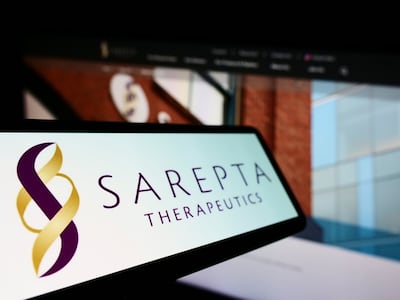Could the scientific community be nearing the end of the end of the P value as an efficacy marker in the rare disease drug development space?
It is certainly possible, a panel of experts says. But the key to shifting away from P values toward Bayesian...
Read the full article – start your free trial today!
Join thousands of industry professionals who rely on Pink Sheet for daily insights
- Start your 7-day free trial
- Explore trusted news, analysis, and insights
- Access comprehensive global coverage
- Enjoy instant access – no credit card required
Already a subscriber?








